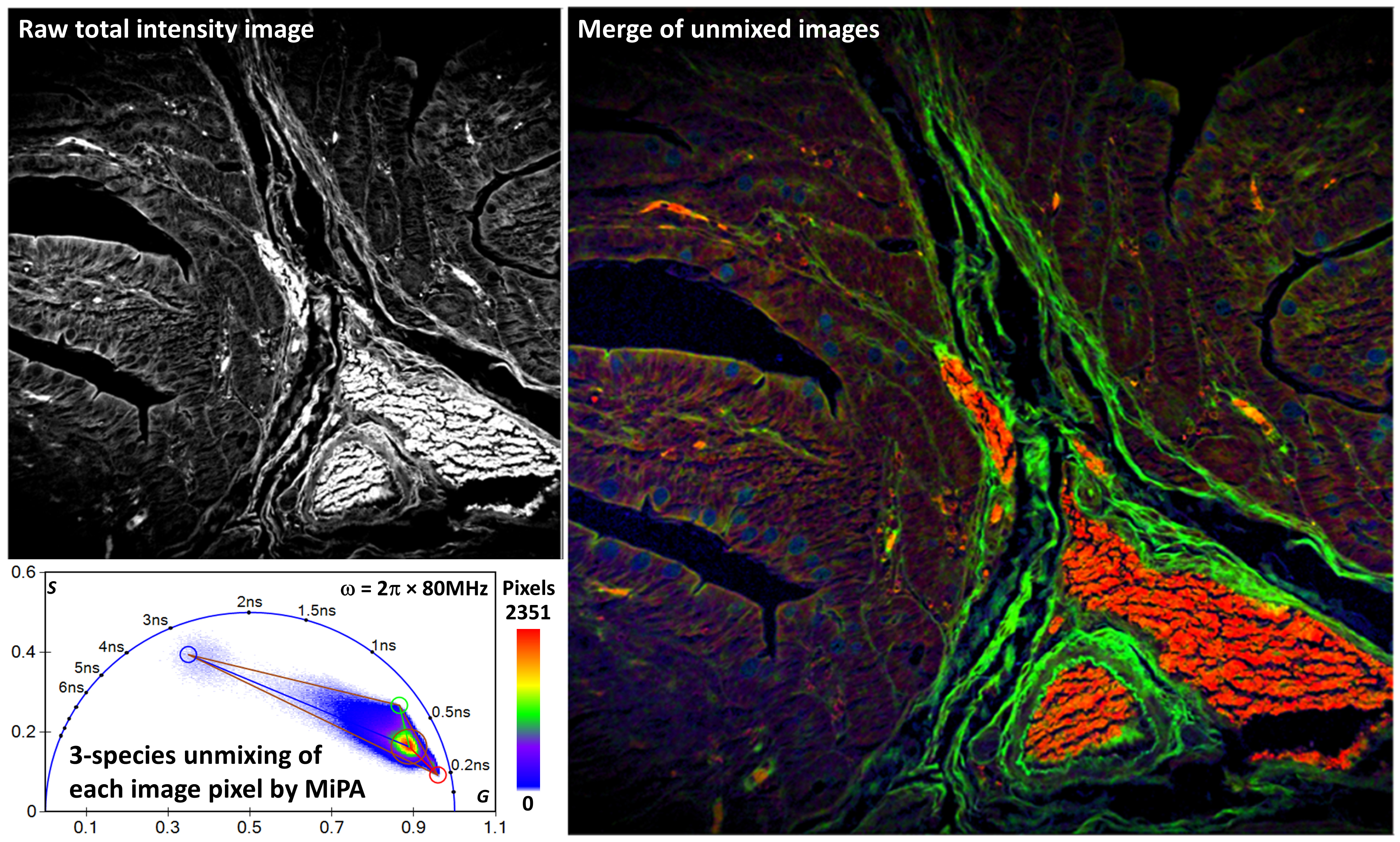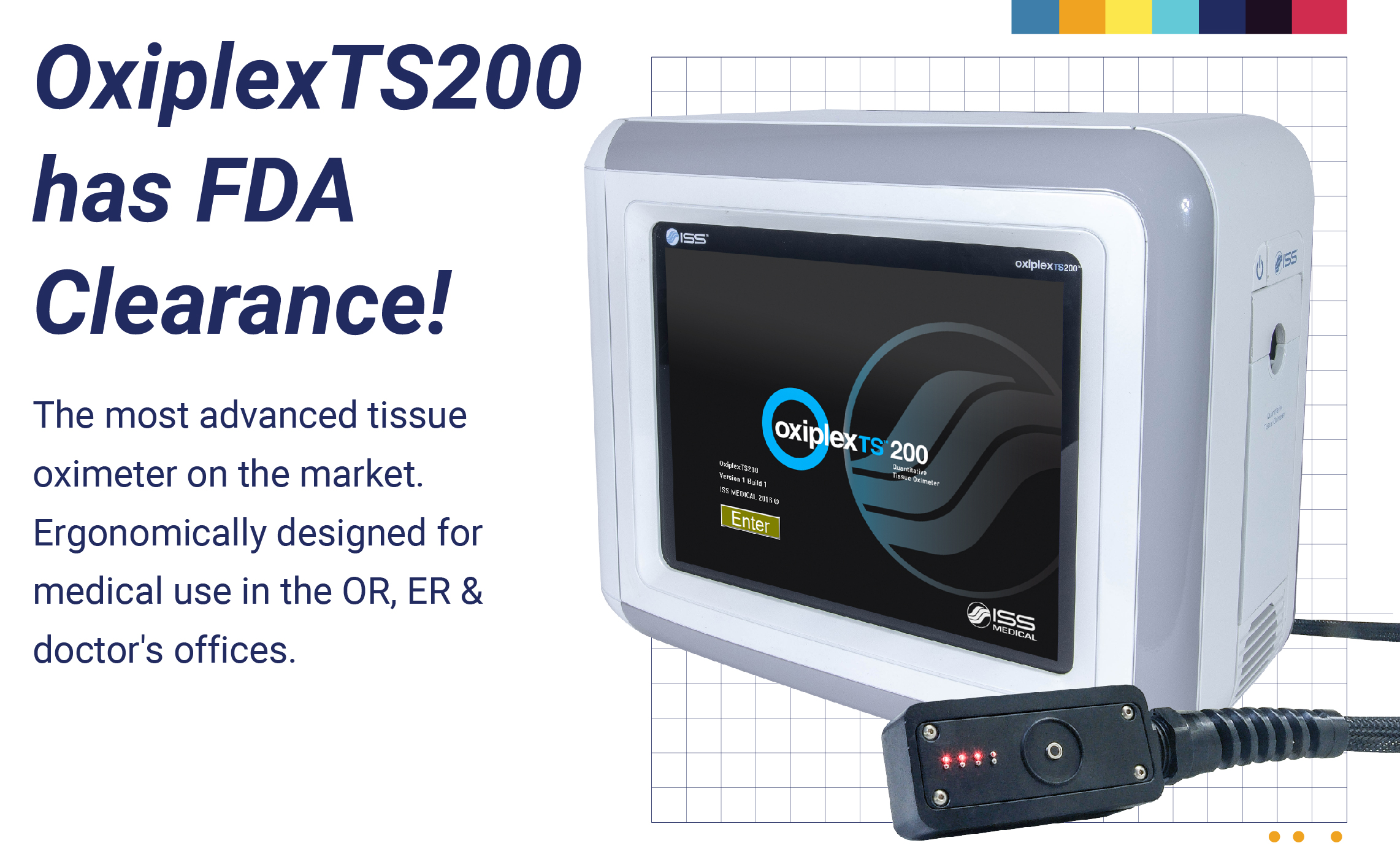NEWS
ISS introduces the ChronosBH equipped with the Supercontinuum laser
Champaign, Illinois - September 23, 2010 - Another first at ISS: ISS has installed the first ChronosBH lifetime spectrometer equipped with a supercontinuum laser. The supercontinuum laser, made by Fianium (Southampton, United Kingdom) features several advantages over the individual lasers offered by pulsed laser diodes:
- all of the wavelengths from 420 nm up to the near infrared are available; the user selects the desired wavelength through the ISS software
- the pulsewidth is less than 5 ps, thus making it an ideal light source for TCSPC applications
- up to six different repetition rates are selectable from 100 KHz to 40 MHz; this features allows for the acquisition of TCSPC data from short decay times to long decay times using the same light source.
The controls for the supercontinuum laser parameters are fully implemented into the Vinci software utilized for the ISS spectrofluorometers: the selection of the excitation wavelengths; the repetition rate; the control of the laser intensity. The wavelength selection is achieved through the acousto-optical tunable filter (AOTF): it enables selection of spectrally narrow (1 - 10 nm) lines in the range 400 - 750 nm. Up to eight simultaneous wavelengths can be selected.
The ChronosBH is a research-grade time-resolved spectrofluorometer using the TCSPC technique acquisition. The instrument features a T-format geometry and full automation. ISS offers with along with the ChronosBH an extensive line of accessories, including two, three and four cuvette holders, Peltier-controlled cuvette holders for rapid temperature changes, cryostat, high-pressure cells for dissociation studies up to 4,000 bar, low pressure chambers, and fiber-optics bundles for in-situ measurements, etc.
Please visit our website for a comprehensive list of the available accessories and to find details about our entire research-fluorescence product line. Moreover, the instrument is fully upgradable; the user can start with the time-resolved option and upgrade it later to steady-state fluorescence.



